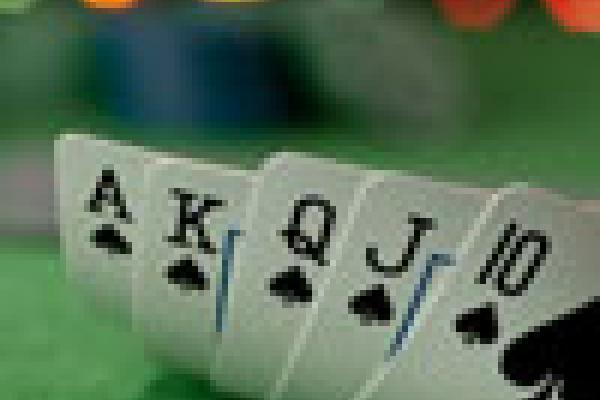Article

Bluffing and exploitation: An introduction to poker maths
Is poker a game of psychology and cunning rather than strategy? We investigate the maths of bluffing.